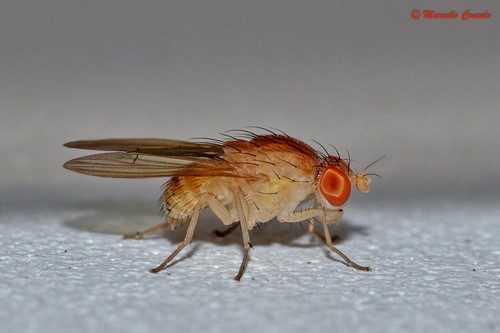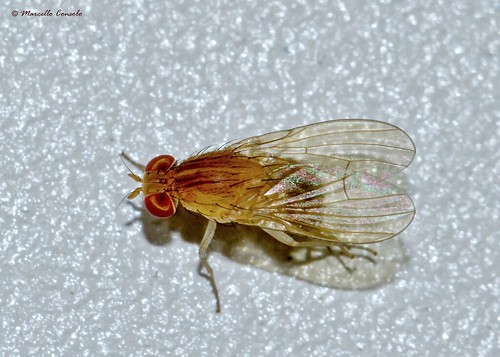Posted by Marcello on 02-07-2013 23:12
#1
Hello,
I don't know this family, too hard to ID for me.
Is there any chance to reach the specie? I hope at least the genus is right

Long about 7-8 mm, two black spots on the final abdomen, no spots/marks on the wings
01.07.2013 - Northeast Italy

IMG_4168 di Marcello Consolo, su Flickr
I add the checklist of my Country:
Sapromyza (Sapromyza) apicalis Loew, 1847 (N)
Sapromyza (Sapromyza) bisigillata Rondani, 1868 (N)
Sapromyza (Sapromyza) intonsa Loew, 1847 (N, S)
Sapromyza (Sapromyza) obsoleta Fallén, 1820 (N, S)
Sapromyza (Sapromyza) obscuripennis Loew, 1847 (N)
Sapromyza (Sapromyza) opaca Becker, 1895 (N)
Sapromyza (Sapromyza) palpella Rondani, 1868 (N, S)
Sapromyza (Sapromyza) sexpunctata Meigen, 1826 (N, S)
Sapromyza (Sapromyza) simplicior Hendel, 1908 (N) (*)
Sapromyza (Sapromyza) tuberculosa Becker, 1895 (N)
Sapromyza (Sapromyza) trinotata O.G. Costa, 1844 (N?)
Sapromyza (Sapromyzosoma) quadricincta Becker, 1895 (N, S)
Sapromyza (Sapromyzosoma) quadripunctata (Linnaeus, 1758) (N, S)
Where N = North, S = South (I'm in North Italy)
Thanks for the help.
Ciao,
Marcello
Edited by Marcello on 02-07-2013 23:15

